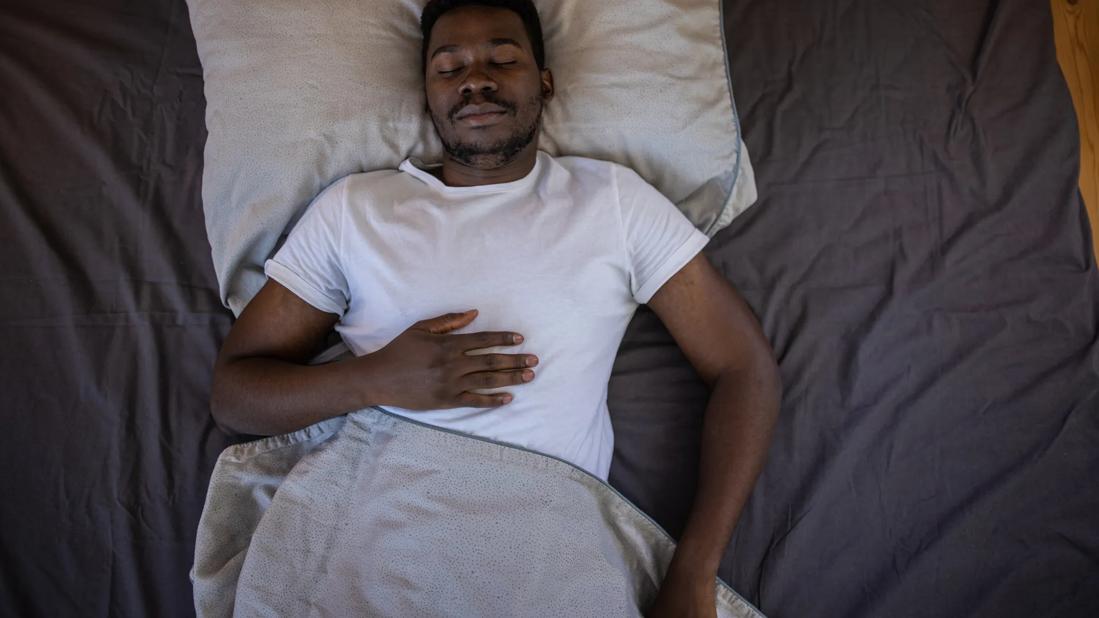The Military Sleep Method: Can You Really Fall Asleep in Two Minutes?
Imagine being able to fall asleep in just two minutes, anywhere, anytime. This is the promise of the military sleep method, a technique that has gained popularity in recent years due to its supposed ability to induce rapid sleep. But does it really work? According to Dr. Sophia Patel, a leading sleep researcher, “The idea of falling asleep in two minutes is intriguing, but it’s essential to separate fact from fiction.” A study published in the Journal of Sleep Research found that nearly 15% of adults in the United States experience sleep onset insomnia, making it a significant concern for public health.
What is the Military Sleep Method?
The military sleep method is a relaxation technique that involves a series of steps to calm the mind and body, supposedly leading to rapid sleep. The method is shrouded in mystery, with conflicting reports about its origins and effectiveness. Dr. Henry Lee, a sleep psychologist, notes, “While the method may have been used by military personnel, its effectiveness for the general population is unclear.” The technique involves muscle relaxation, deep breathing, and visualization, which are all well-researched methods for reducing stress and anxiety. A study by the National Sleep Foundation found that relaxation techniques can improve sleep quality in individuals with insomnia.
How Does the Military Sleep Method Work?
The method involves the following steps:
- Muscle relaxation: Starting from the forehead and working down to the toes, individuals are instructed to relax each muscle group, releasing any tension or stress.
- Deep breathing: Slow, deep breaths are taken to calm the mind and body, promoting relaxation.
- Visualization: Individuals are asked to imagine themselves in a peaceful, relaxing environment, using all their senses to create a vivid mental picture.
While these techniques may be effective in promoting relaxation, it’s essential to note that the military sleep method has not been scientifically proven to induce sleep in two minutes. Dr. Rachel Kim, a sleep expert, warns, “The method may be beneficial for some, but it’s crucial to manage expectations and not create unnecessary pressure to fall asleep quickly.”
Evaluating the Effectiveness of the Military Sleep Method
Proponents of the method claim that with regular practice, individuals can fall asleep in two minutes. However, this claim is not supported by scientific evidence. In fact, research suggests that the method may not be effective for everyone, and its effectiveness may depend on various factors, such as the individual’s sleep habits, lifestyle, and overall health. A study published in the journal Sleep found that sleep onset latency, the time it takes to fall asleep, can vary significantly from person to person.
Alternatives to the Military Sleep Method
For those struggling with sleep onset insomnia, there are alternative methods that may be more effective. Dr. Patel recommends establishing a consistent sleep schedule, creating a relaxing bedtime routine, and avoiding screens before bedtime. Additionally, techniques such as cognitive-behavioral therapy for insomnia (CBT-I) have been shown to be highly effective in addressing underlying sleep disorders. A study by the American Academy of Sleep Medicine found that CBT-I can improve sleep quality and reduce symptoms of insomnia.
As the search for a magic solution to sleep problems continues, it’s essential to approach claims like the military sleep method with a critical eye. While the technique may have some benefits, it’s crucial to manage expectations and focus on evidence-based methods for improving sleep. By prioritizing sleep hygiene, seeking professional help when needed, and being patient, individuals can work towards achieving better sleep and improving their overall well-being. As Dr. Lee notes, “Sleep is a complex process, and there is no one-size-fits-all solution. It’s essential to find what works for you and make sleep a priority.”

